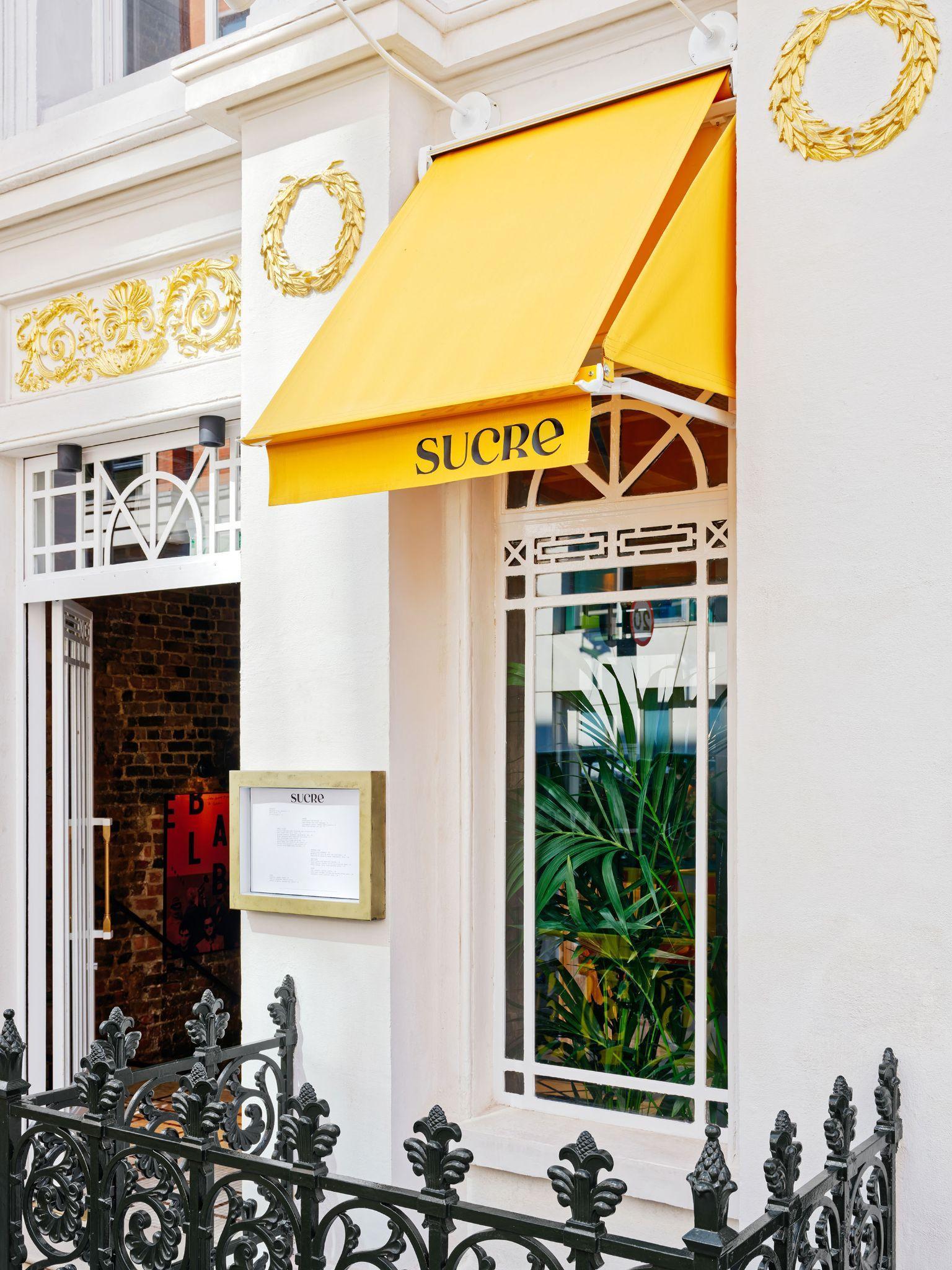Graphic Design • History • Politics • Science • Typography

March 26, 2004
Annals of Typographic Oddity No. 2: Spaceship Gothic
An upcoming auction of space memorabilia at Swann Galleries features a number of unusual specimens of paper ephemera which have miraculously survived the last half-century of American (and Soviet) space exploration. Who designed them? Among them are two brochure covers—from 1969 and 1972 respectively—documenting the journeys of Apollo 11 and 16. It’s not the miniature American flags that are unusual: after all, the image of Neil Armstrong skewering a lunar crater with an American-made flagpole has become one of the more permanent images with which so many of us remember these comparatively early days of astro-pioneering. But what of the ornate Victorian typesetting? Perhaps the anonymous designer(s) of these booklets believed that NASA’s ambitions in space were simply an extension of the Westward expansion that had typified gold rush America. (A few weeks ago we discovered water on Mars. So much for the gold rush.) Pioneering as a nomadic, cultural ideal remains perhaps lodged in the American consciousness: as such, it is perhaps worthy of its own typographic bias. But somehow, it remains a bizarre and somewhat counterintuitive choice — a visual oxymoron.
Observed
View all
Observed
By Jessica Helfand
Related Posts

Business
Courtney L. McCluney, PhD|Essays
Rest as reparations: reimagining how we invest in Black women entrepreneurs

Design Impact
Seher Anand|Essays
Food branding without borders: chai, culture, and the politics of packaging

Graphic Design
Sarah Gephart|Essays
A new alphabet for a shared lived experience

Arts + Culture
Nila Rezaei|Essays
“Dear mother, I made us a seat”: a Mother’s Day tribute to the women of Iran
Recent Posts
Candace Parker & Michael C. Bush on Purpose, Leadership and Meeting the MomentCourtney L. McCluney, PhD|Essays
Rest as reparations: reimagining how we invest in Black women entrepreneurs Food branding without borders: chai, culture, and the politics of packaging Why scaling back on equity is more than risky — it’s economically irresponsibleRelated Posts

Business
Courtney L. McCluney, PhD|Essays
Rest as reparations: reimagining how we invest in Black women entrepreneurs

Design Impact
Seher Anand|Essays
Food branding without borders: chai, culture, and the politics of packaging

Graphic Design
Sarah Gephart|Essays
A new alphabet for a shared lived experience

Arts + Culture
Nila Rezaei|Essays

 Jessica Helfand, a founding editor of Design Observer, is an award-winning graphic designer and writer and a former contributing editor and columnist for Print, Communications Arts and Eye magazines. A member of the Alliance Graphique Internationale and a recent laureate of the Art Director’s Hall of Fame, Helfand received her B.A. and her M.F.A. from Yale University where she has taught since 1994.
Jessica Helfand, a founding editor of Design Observer, is an award-winning graphic designer and writer and a former contributing editor and columnist for Print, Communications Arts and Eye magazines. A member of the Alliance Graphique Internationale and a recent laureate of the Art Director’s Hall of Fame, Helfand received her B.A. and her M.F.A. from Yale University where she has taught since 1994.